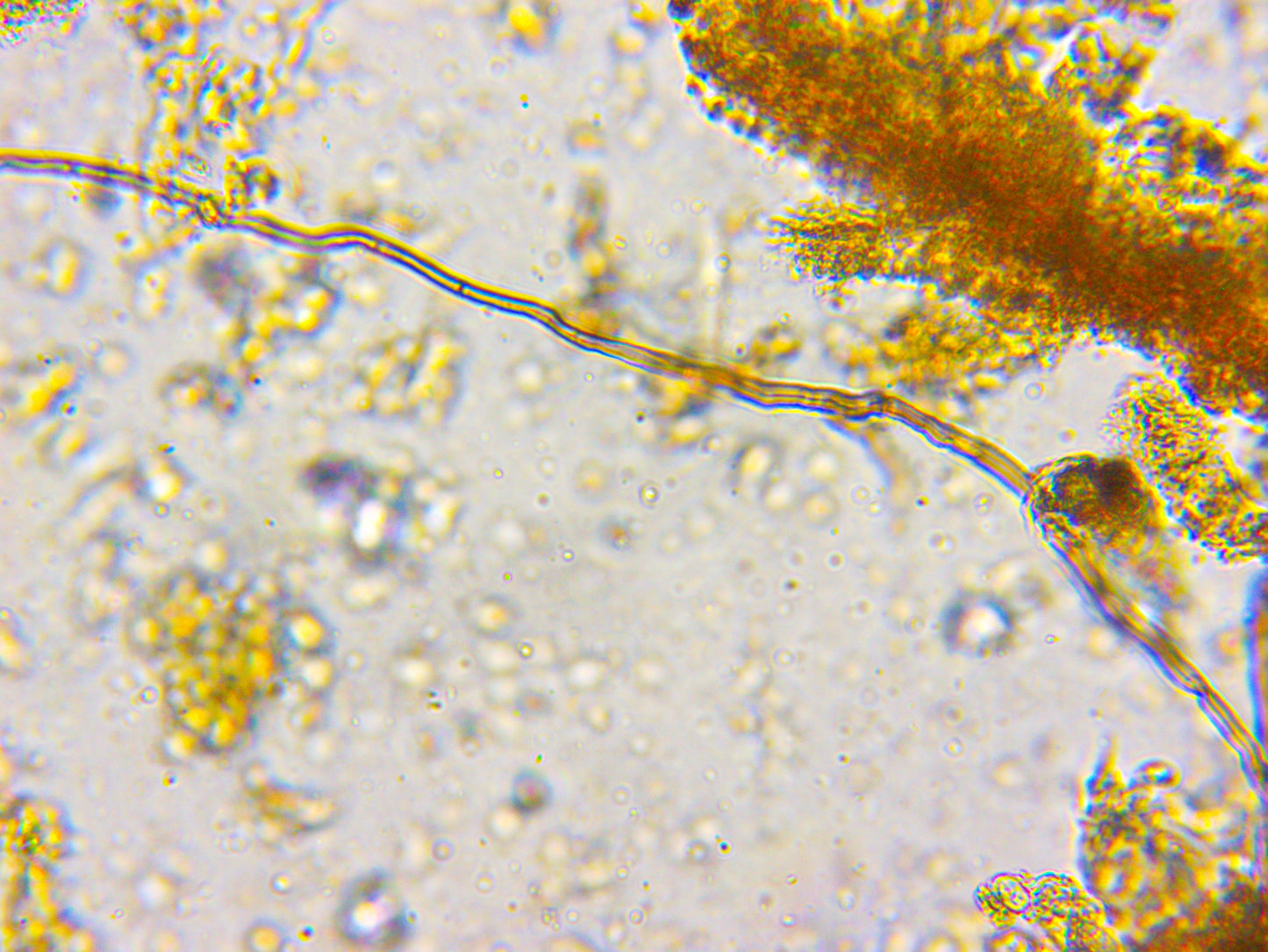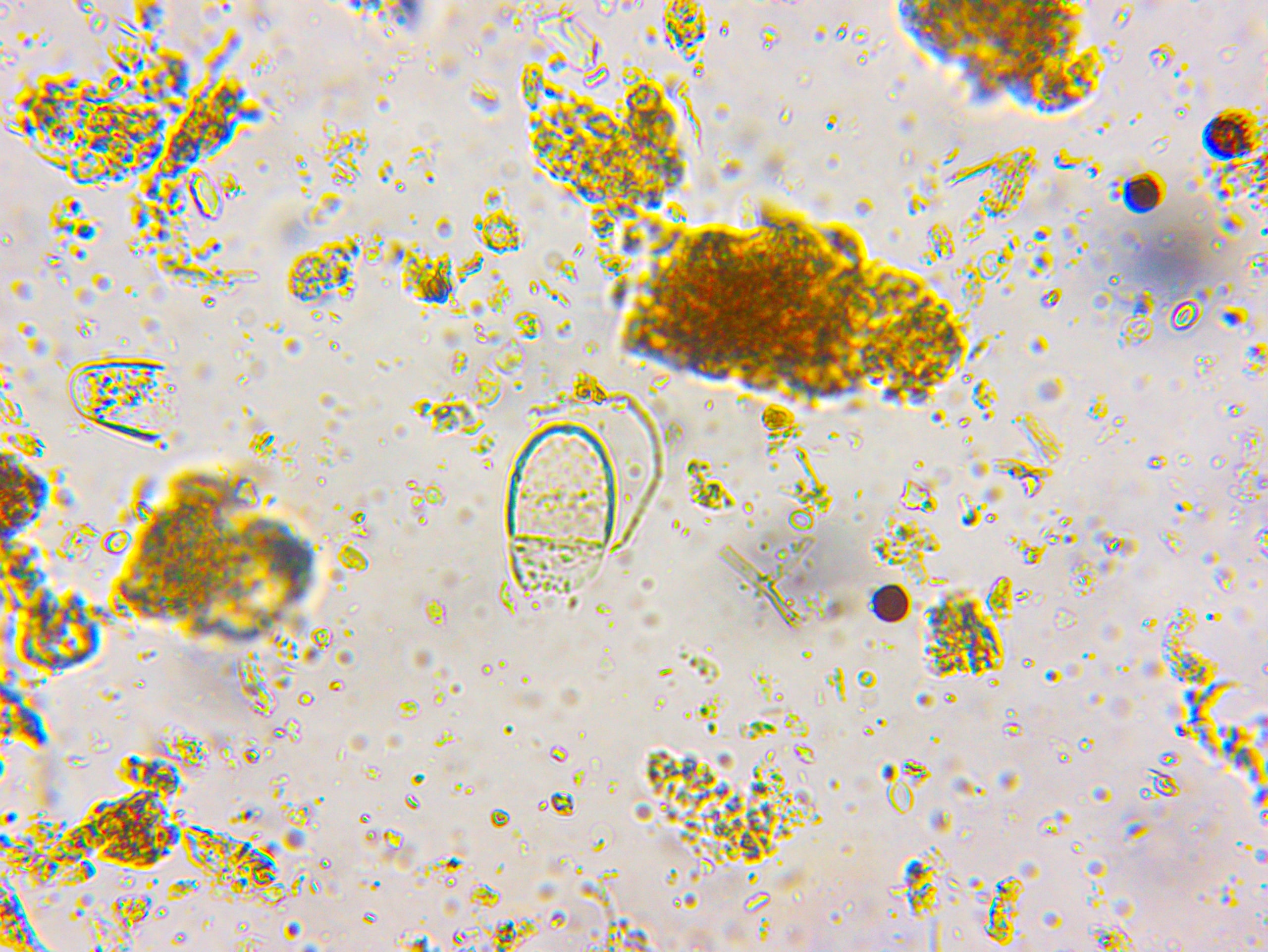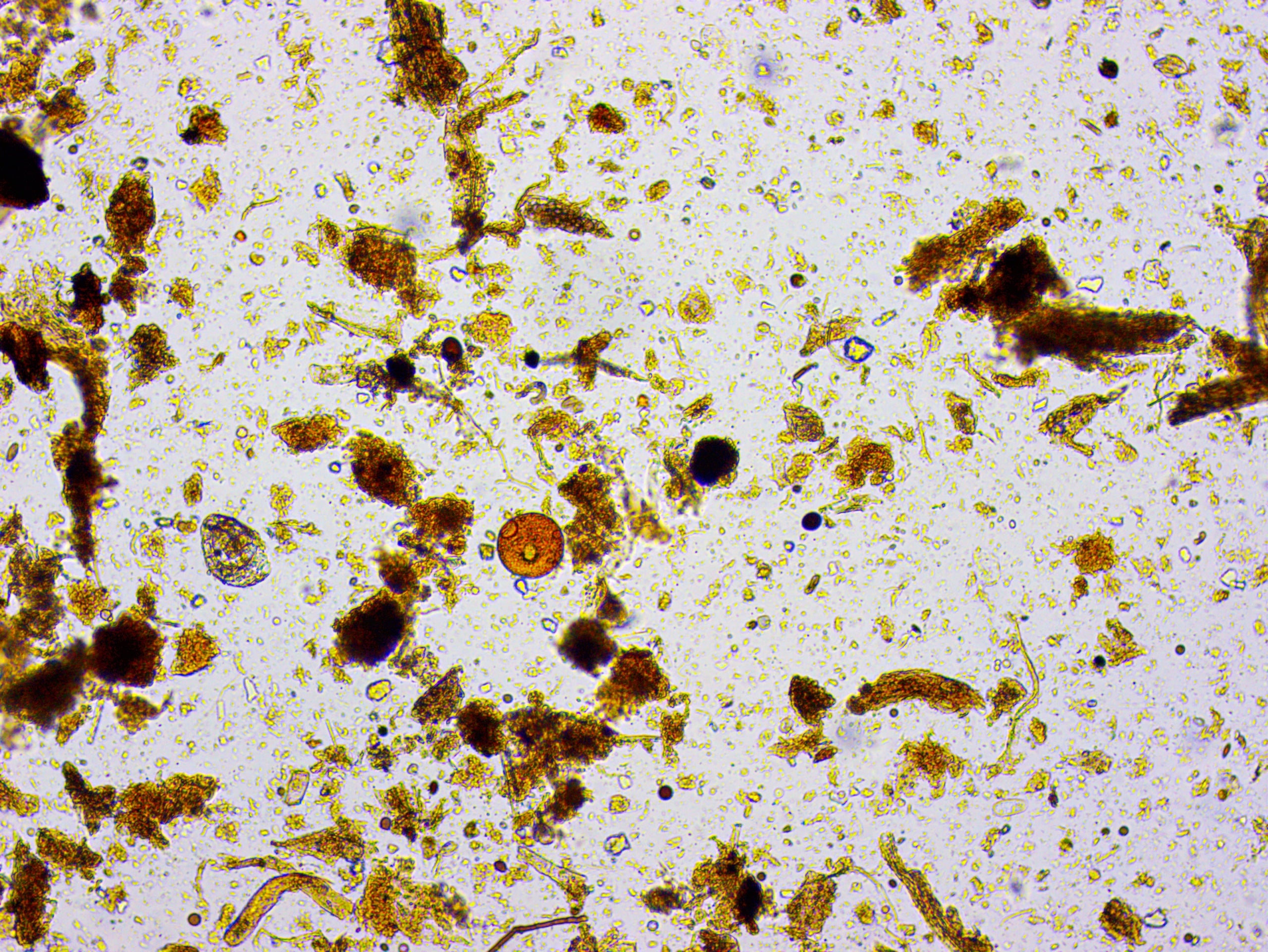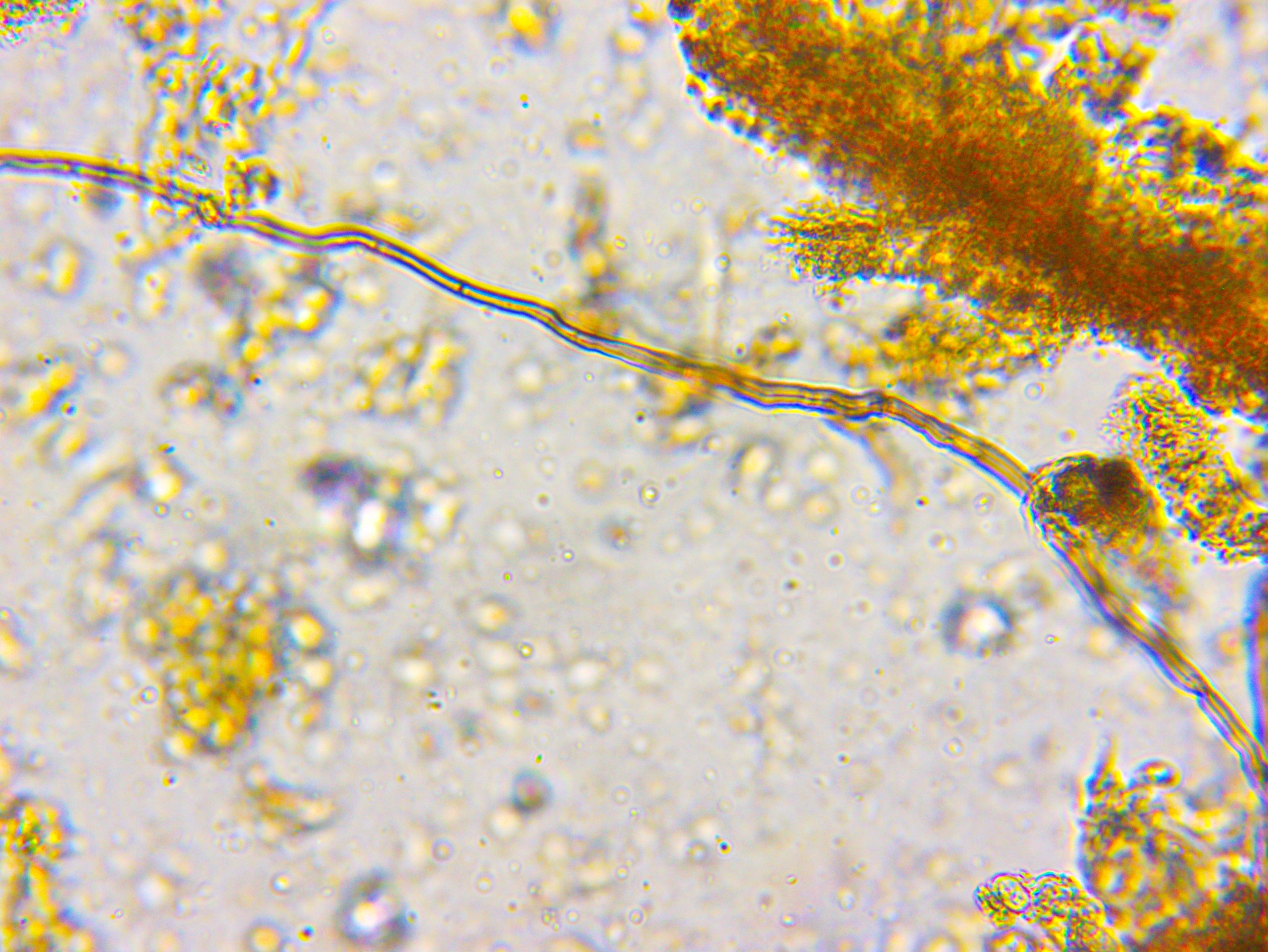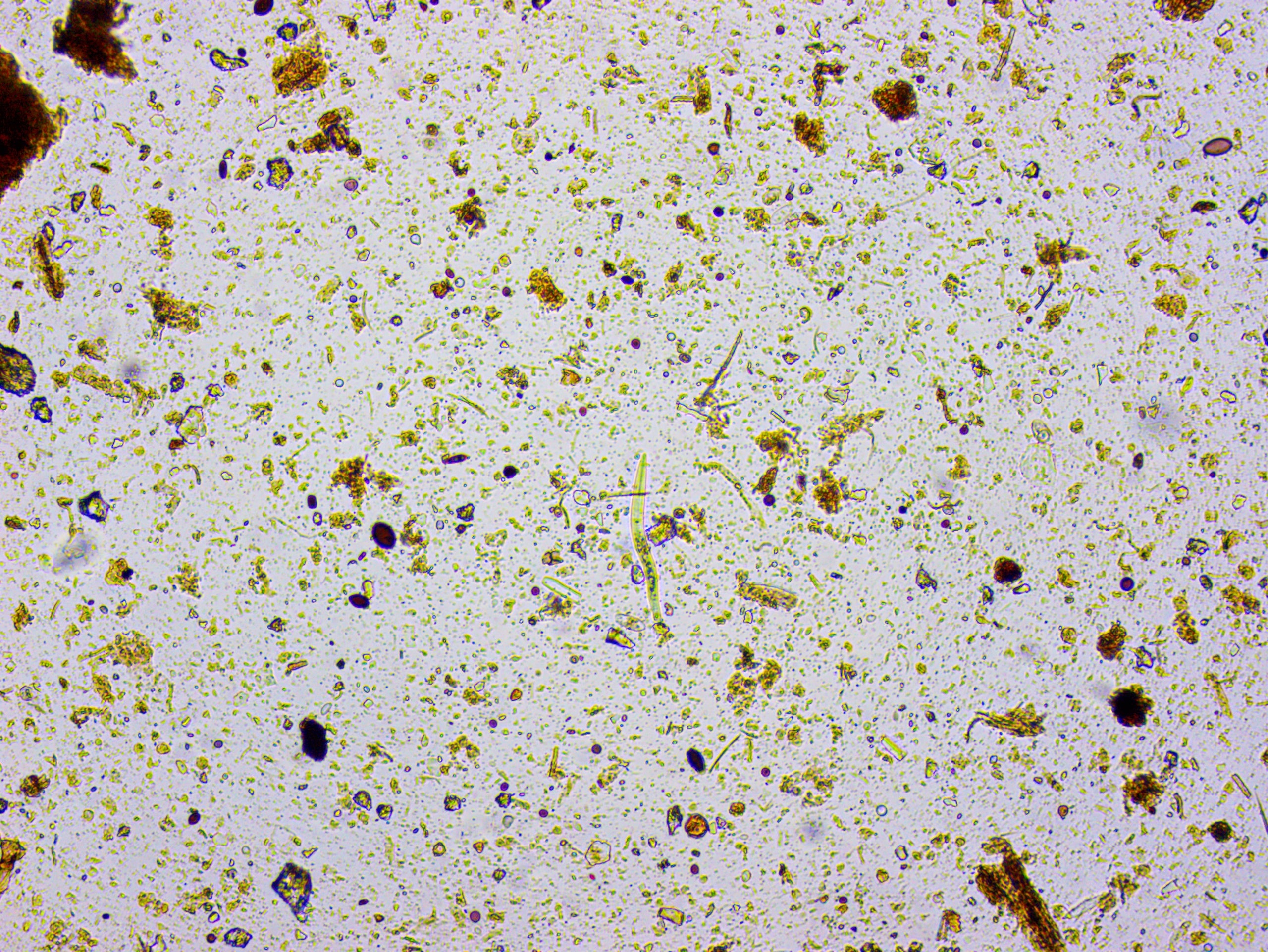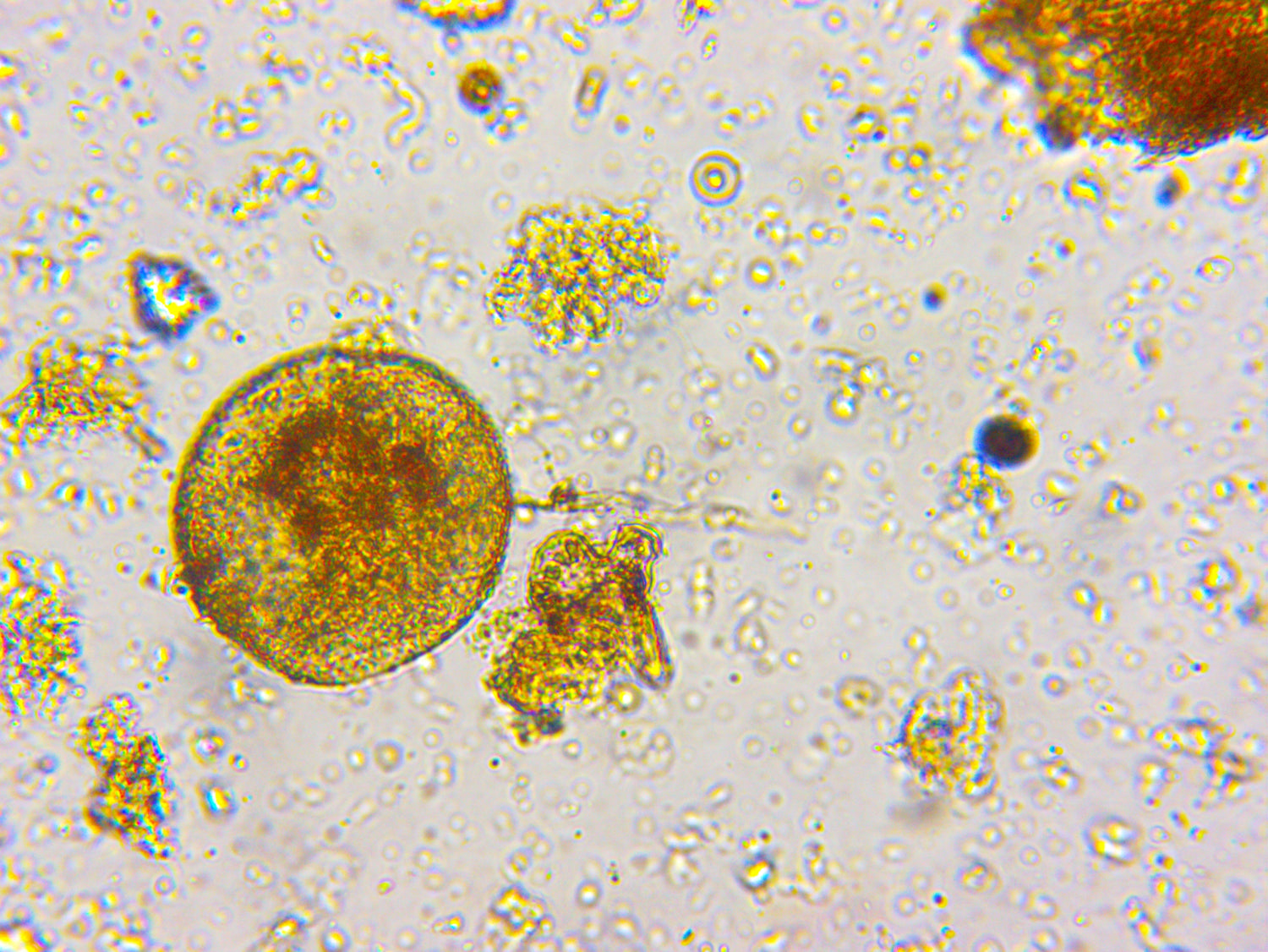living compost - a vital soil regenerator
probably the most fascinating and fantastic thing that's come from creating this mushroom growing business is our path of discovery turning our used mushroom substrate into the most astounding compost.
over several years, we have honed our compost-making skills and undertaken a humbling and rambling journey in our understanding of soil, and how our mushrooms can help to replenish and regenerate it.
although the countryside is so beautiful, so much of the soil that surrounds us is totally battered by decades of poor farming practices, soil quality depletion, erosion, disbalance and a culling of the once-potent biome within it.
without a thriving and healthily diverse biome, the soil is unable to grow nutritious and self-defensive food crops, and the cycle of soil death and depletion continues. but luckily, we are beginning to understand that we need to change how we do things, and people are cottoning on to the importance of the soil food web, and how it supports our health through the food that we grow in it...
Marches Mushrooms Compost Analysis Full Report

so, as you can see, the full report of our compost's analysis taken out by Perry Haldenby at Soil Redemption was absolutely fascinating and thrilling!
as he explained to us after conducting his microscopic delve into what we had made with our spent mushroom substrate blocks and some green waste to balance it, we had created a top-quality, inoculant-grade soil improver, which can be used to treat large areas of soil and bring the healthy foundation vital to the 1st trophic level, improving its fertility for seedlings to crops to shrubs, right up to the levels needed by shrubs and trees to grow healthily.
our soil-improver contains 726% more than the required level of bacterial biomass, a whopping 1780% more fungal biomass, a stunning Fungal to Bacterial Ratio, 5660% more beneficial protozoa and 100% more nematodes than recommended.
on top of this, our compost is fully aerobic, and no detrimental or disease-bringing organisms were present at all.
Perry showed us images and videos from his microscope to show us the living elements of our sample, and asked us about how we came to make such fantastic compost. we were flattered.
we hope that through the growing need and take-up for regenerative farming practices, land-carers, farmers, owners and gardeners alike will appreciate the value of our living soil, to improve impoverished, dead and diminishshed soils all over the country. the result of better soil biome and structure will bring about protection against flooding, and will nourish the food that we grow to eat, improving the nutrient and vitamin levels in our food. because poor soil produces food which has little goodness in it, and does not nourish us well enough to promote and sustain our good health.
learn more about the soil food web and soil health:
the "1st trophic level"
the first trophic level consists of "producers", primarily plants and other photosynthetic organisms. these organisms convert sunlight into chemical energy through photosynthesis, forming the foundation of the food chain and providing the basic food source for all other organisms in the ecosystem. their importance to soil health is crucial as they contribute to soil structure, nutrient cycling and overall soil health through their roots, leaf litter, and other by-products
the "soil food web"
the soil food web is a complex network of organisms within the soil, including microbes, invertebrates and larger organisms, that interact through feeding relationships. it's the most vital part of soil health, facilitating nutrient cycling, organic matter decomposition and disease suppression.
- basal trophic level: living plant tissues or dead organic matter form the base of the food web.
- microorganisms: bacteria, fungi, protozoa and nematodes play a crucial role in feeding on the basal trophic level and decomposing the organic matter.
- larger organisms: earthworms, insects and other invertebrates feed on microorganisms and other organic matter, contributing to nutrient cycling and soil aeration.
functions of the soil food web:
- nutrient cycling: microorganisms break down organic matter, releasing essential nutrients that plants can absorb.
- organic matter decomposition: the soil food web is responsible for breaking down dead plant and animal matter, returning nutrients to the soil.
- disease suppression: certain microorganisms in the soil food web can help control plant diseases.
- soil structure and aggregation: some soil organisms, like earthworms, contribute to soil structure and aggregation, improving water infiltration and aeration.
importance: the soil food web is essential for soil health and plays a crucial role in supporting plant growth, overall ecosystem function, and even climate change mitigation. let's nurture and support it
amoebae
protozoa
fungal hyphae
how to use a soil inoculant like ours
for larger quantities or applications...
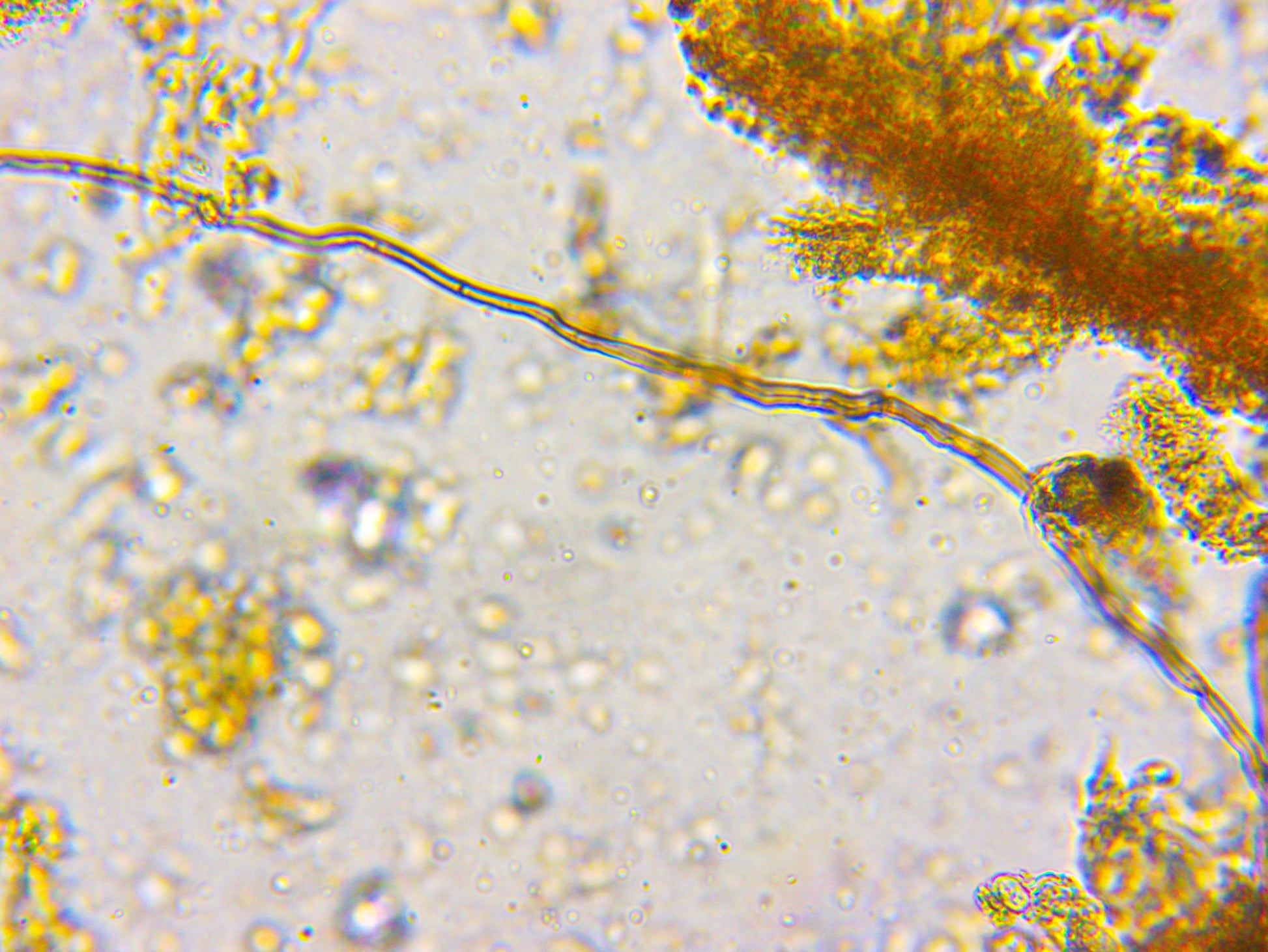
marches mushrooms
living compost
